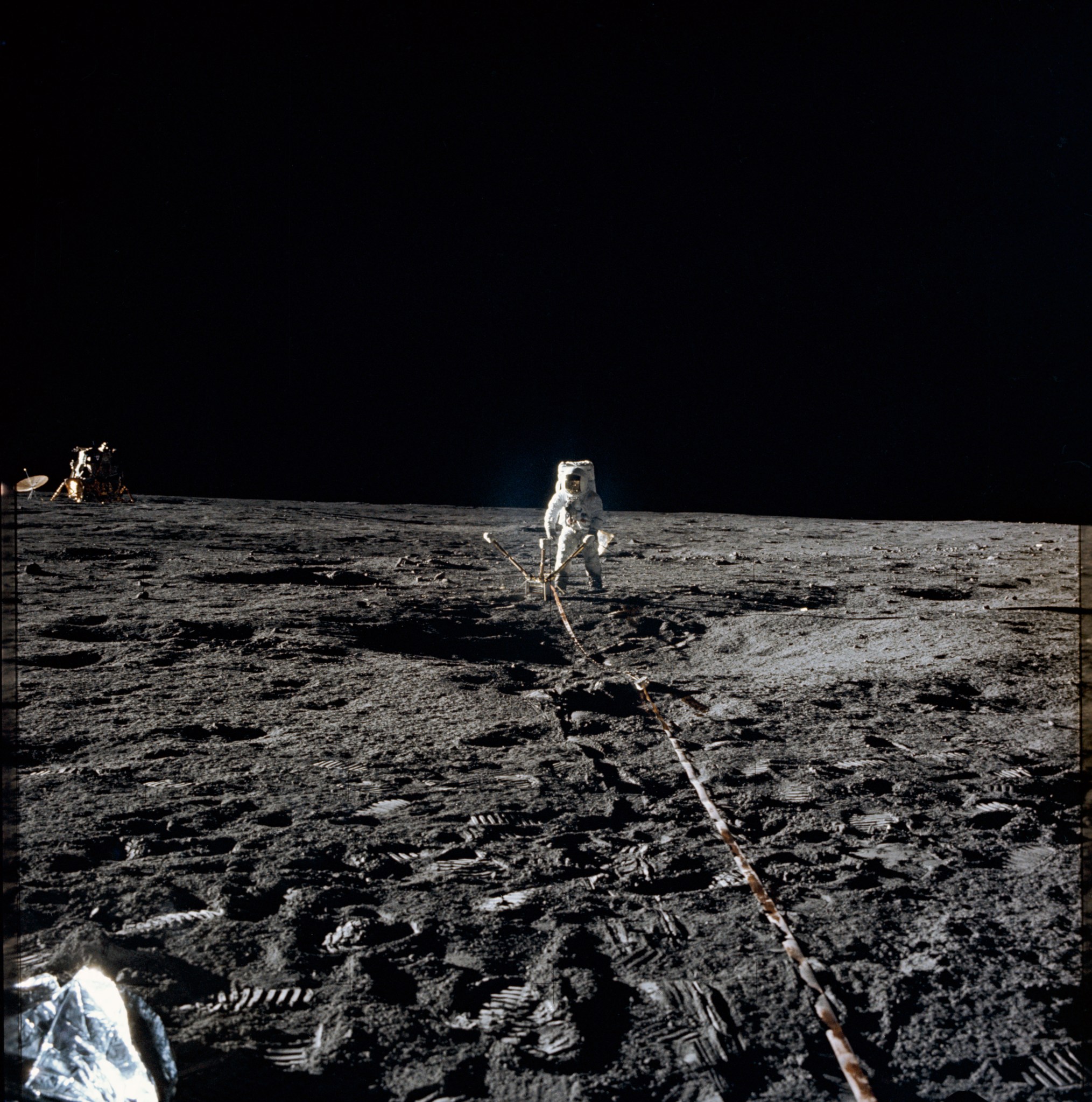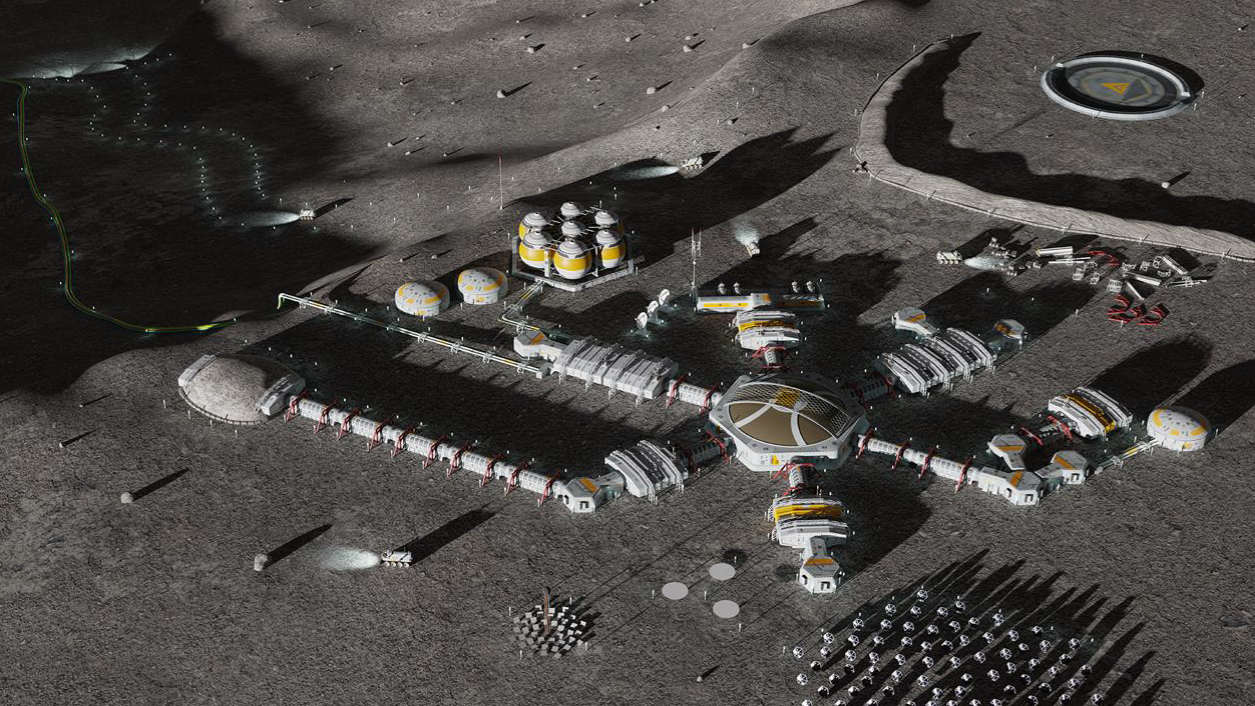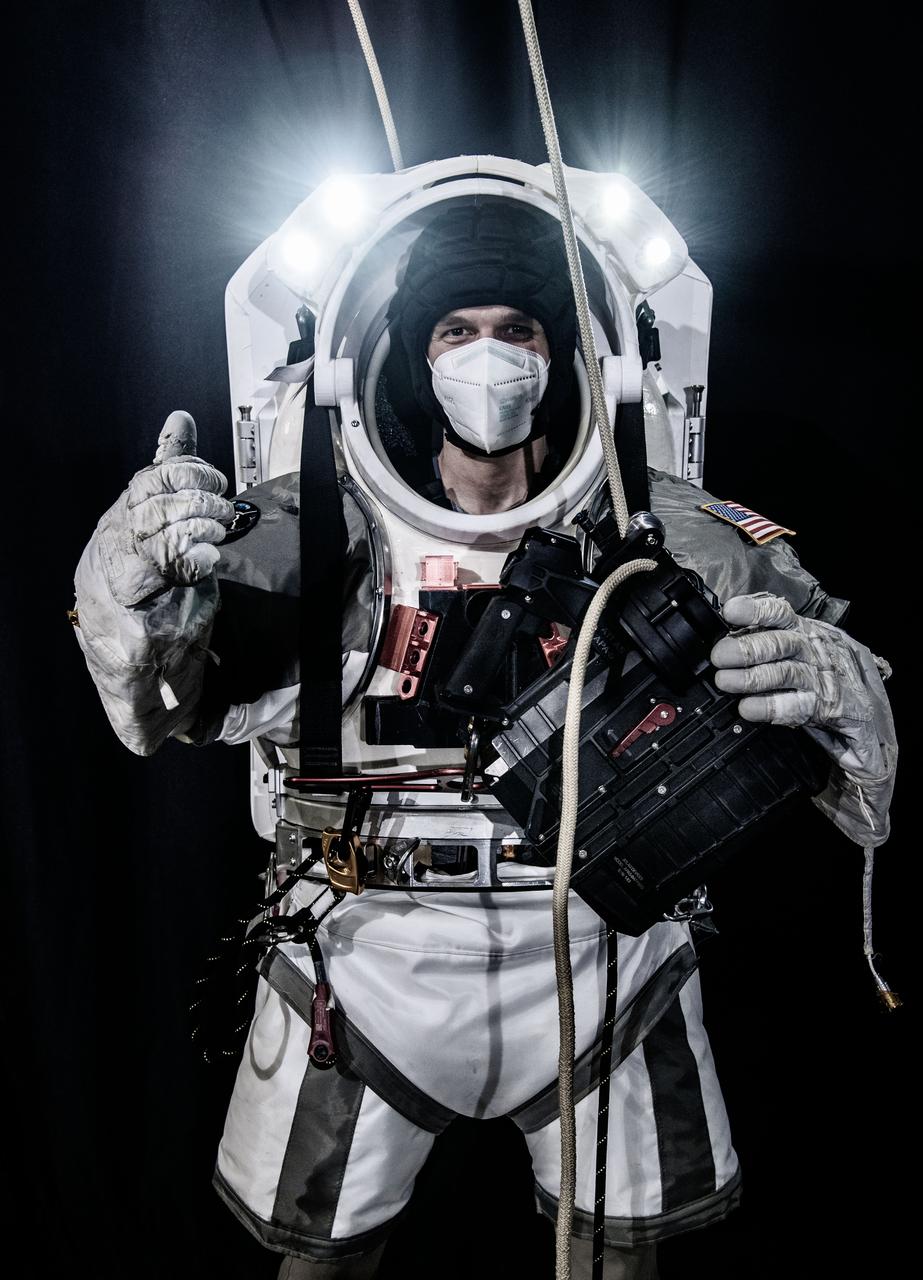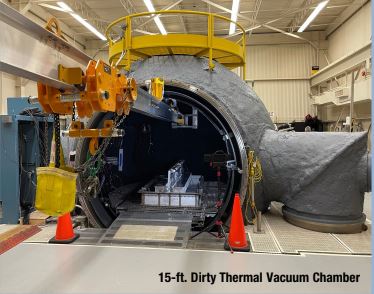Surface Infrastructure

Contents
Introduction
Johnson Space Center (JSC) is at the forefront of enabling a sustained human presence on the lunar surface (and one day Mars) through its development of surface infrastructure, including habitats, life support systems, power generation and storage systems, communication systems, surface transportation, resource utilization, research and medical science instruments, and processes, training and procedures to operate these systems. For example, JSC experts offer design, development and testing of robotic technology, providing key capabilities such as Robonaut and the Electric Dexterous Manipulator Testbed (eDMT), designed for testing robotic interfaces for future Moon and Mars exploration missions. Additionally, the 15-foot Dirty Thermal Vacuum Chamber and Dust Containment and Preparation Lab allows testing of hardware in relevant planetary surface conditions. From unpressurized and pressurized rovers to resource utilization and power systems, JSC is committed to providing the surface infrastructure necessary for sustainable human presence beyond our Earth. We invite our partners to leverage our robust capabilities in surface infrastructure to collectively advance and expand humankind’s presence in the solar system. With our expertise, together we can pioneer innovative solutions for sustainable surface infrastructure crucial for establishing and maintaining human settlements. Let’s collaborate to unlock the next chapter of space exploration and propel humanity’s journey into the cosmos.
Capabilities
15-foot Dirty Thermal Vacuum Chamber
Overview | NASA JSC 15-foot dirty thermal vacuum chamber (TVAC) provides unique testing capabilities for dust and planetary surface environments. The 15-foot chamber is a spherical chamber designed to test advanced concepts, especially for battery power systems, space vehicle actuators and auxiliary power units.
Details |
- 12.5-foot internal diameter spherical chamber with ~78-inch diameter clear entry for easy access
- Vacuum conditions: 1×10^-6 torr to 760 torr
- Thermal conditions: -196°C to +120°C
- Air, GN2 pressurization
- Feed-throughs for high-power electrical connections and high-channel count data
- Control automation enabling low-cost operations
- Ambient dust containment room for regolith control and testing
- Hardware exposure testing to dust / regolith
- Regolith bin for design and test of excavation, processing, or construction technology
Integrated Mobile Evaluation Testbed for Robotics Operations (iMETRO)
Overview | iMETRO is designed to catalyze the adaptation of advanced terrestrial robotic technologies for space exploration use cases, such as logistics, maintenance, and science utilization within environments designed for human exploration on the Lunar and Martian surfaces. The iMETRO focus is on Intra-Vehicular Activity (IVA) environments, such as surface habitats, pressurized rover cabins, and space station internal modules. The iMETRO goal is to increase the availability of end-to-end systems enabling remote operation of robots in space supervised by humans on Earth. These systems include ground control user interfaces and software for managing robot remote control with realistic latency, bandwidth, and coverage interruptions for various mission environments (e.g., Low Earth Orbit, cis-Lunar, Lunar Surface, Mars Surface).
Details |
iMETRO Virtual and Physical Components
- The virtual facility includes open-source robot configurations (e.g., URDF) for iMETRO robots as well as models of mock-ups for space use cases, such as the crew access hatch and logistics stowage task trainer.
- The physical facility consists of a range of facility features and robot options. A variety of mock-ups and task trainers are available, and additional customized mockups can be designed and constructed by JSC staff for mission scenarios as needed.
Facility Features
- ROS2 compatible software interfaces
- Frame-mounted PTZ cameras
- Remote operator situational awareness
- Optical tracking ground truth for pose estimation and navigation
- Isolated robot network with configurable latency and bandwidth restrictions (currently a future planned capability)
iMETRO assets
- Mobile
- Relocatable
- Work with other facilities and larger mockups
- Gravity offload facility (ARGOS)
- Extra-vehicular robot facility (eDMT)
- Robots working inside large mockups in the adjacent high bay
Robot Options
- Linear rail-mounted single manipulator (available now)
- Universal Robots UR10e
- Robotiq hand-E Gripper w/ Custom Fingers
- Vention horizontally mounted 2.0m linear rail
- Ewellix Telescoping Lift Kit with 700mm Stroke
- Intel® RealSense™ Wrist-Mounted Depth Camera
- Mobile Base Dual Manipulator (coming in 2024)
- Universal Robots UR5e (2x)
- Robotiq Hand-E Grippers with Custom Fingers
- Arms mounted to dual, independent lift-kits of 500mm Stroke
- Clearpath Ridgeback Wheeled Mobile Base
- Intel® RealSense™ Wrist-Mounted Depth Cameras
- Bring Your Own Sensors and/or End Effectors
- Utilize standard interfaces
- Bring Your Own Robot
- Test custom configurations with iMETRO space application mock-ups and end effectors
Electric Dexterous Manipulator Testbed (eDMT)
Overview | The Electric Dexterous Manipulator Testbed (eDMT) is used for testing space robotic payloads, interfaces, and concepts of operation for ISS and future Moon and Mars exploration missions. It consists of two six-jointed, electromechanical, Commercial Off-The-Shelf (COTS) serial manipulators. The larger Yaskawa Motoman manipulator is capable of handling heavy payloads and is integrated with an emulator for the International Space Station (ISS) Special Purpose Dexterous Manipulator (SPDM) end effector. The smaller Kuka manipulator is more portable and capable of running real-time dynamic simulations for a wider variety of applications. The Kuka robot is still being commissioned.
Details |
Testbed Features:
- Closed-loop force and moment accommodation
- Detailed force and position metrology
- Mounted T-slot tables for mockup integration
- On-orbit Tool Change Mechanism Emulator (OTCME) end effector for grasping standard interfaces
- Optical motion tracking
Yaskawa Motoman ES165RD-II:
- 3 meter reach
- 165 kg payload capacity
- Permanent mount in facility
Kuka KR70 R2100:
- 2.1 meter reach
- 70 kg payload capacity
- Fast response to sensor feedback, ideal for handling delicate payloads and testing autonomous operations
- Pedestal mounted in facility, but lightweight enough to transport via forklift for integrated testing
Human Exploration Cross-Program Integration
Overview | Within the Exploration Architecture, Integration and Science (EAIS) Directorate at JSC, the Exploration Development Integration Division (EDI) provides expertise in integrating complex human spaceflight programs across common missions and architectures.
Details | The Exploration Development Integration Division (EDI) delivers systems engineering, cross-program integration, and operations integration support to the entire Moon to Mars enterprise, supporting all Artemis programs. EDI supports design, development and operational life cycle activities and provides integration in support of the Artemis Missions and the Moon to Mars enterprise.
- Orion cross-program integration and crew systems integration
- Gateway risk management and human rating support
- Human Landing System (HLS) cross-program integration and leadership of the Crew Compartment Program Office
- Moon to Mars System Engineering and Integration support
Human Exploration Program Formulation
Overview | Within the Exploration Architecture, Integration and Science (EAIS) Directorate at JSC, the Exploration Development Integration (EDI) Division, provides expertise to human space flight programs for systems and program integration activities supporting program formulation, design, development, and operational life cycle activities.
Details | The Exploration Development Integration Division (EDI) delivers systems engineering, cross-program integration, and operations integration support to the entire Moon to Mars enterprise, supporting all Artemis programs. EDI supports design, development and operational life cycle activities and provides integration in support of the Artemis Missions and the Moon to Mars enterprise.
Lunar Mission Architecture
Overview | The Lunar Architecture Team (LAT) defines lunar conceptual reference missions, architectures, and assessment of alternatives, as well as key performance parameters needed for lunar orbital and surface missions.
Details |
- Define conceptual and reference missions for lunar environments
- Define lunar mission architecture and perform alternative assessments
- Lunar mission timeline and site planning
- Develop and refine both crewed and uncrewed activities on the moon for future missions to include concept of operations, timeline development, and site planning
- Develop conceptual white papers to define and document NASA approaches to lunar architecture
Mars Campaign Architecture
Overview | The Mars Architecture Team (MAT) is responsible for developing human Mars conceptual reference missions, architectures, and assessment of alternatives that provide the future mission context needed to assess Mars-forward extensibility and commonality.
Details |
- Define human Mars conceptual reference missions, architecture, and alternative assessments
- Define mission elements and performance parameters for crewed Mars missions
- Identify technology gaps and associated decision points related to Mars architecture
- Define Mars analog needs on Earth, ISS, Gateway and the lunar surface
- Develop and refine the crewed and uncrewed activities on Mars for future missions
- Determine functional allocations for Mars elements
- Identify challenges/disconnects related to the Mars architecture
- Develop Architecture Concept Review (ACR) documentation
- Provide information and analyses to support evolving Agency and Exploration Systems Development Mission Directorate (ESDMD) strategic planning, including Artemis extensibility to Mars
































